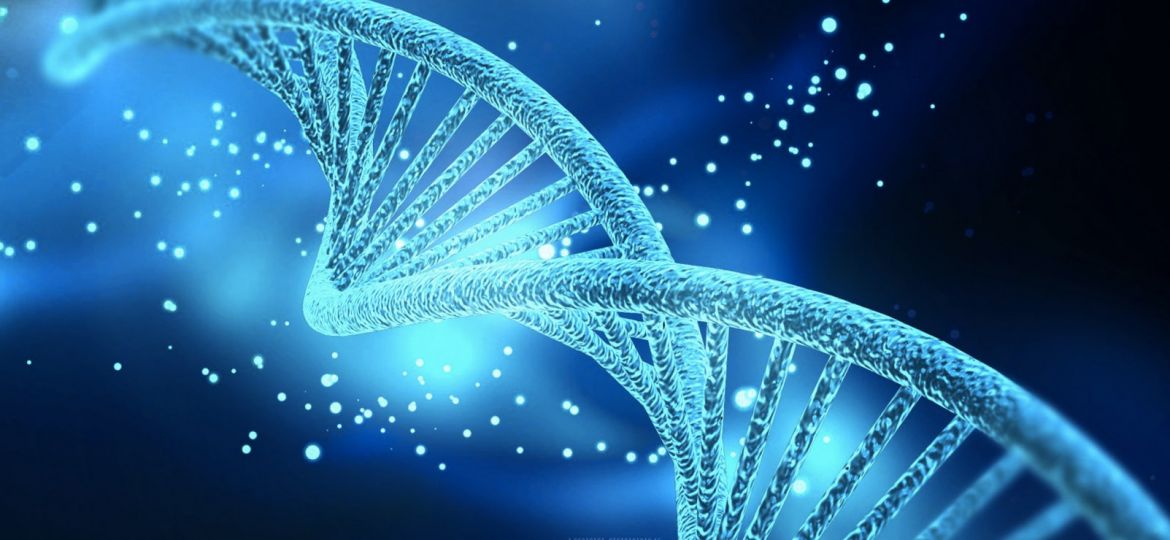
WHY THIS MATTERS IN BRIEF
Is Microsoft building its own team of super sales people? No, it’s all about storage. Very dense, very long term storage.
Your next computer might store its data on DNA and while this concept is nothing new Microsoft is spending millions of dollars on buying DNA to explore using the worlds oldest technology as a way of storing information and avoiding a forthcoming data apocalypse.
It hopes that using the highly efficient and long lasting molecule will allow it to keep pace with the growth of data – a problem that otherwise might lead to the loss of data. The amount of data in the world roughly doubles each year but despite new, higher density storage technologies coming through from companies such as Seagate and Western Digital it’s increasingly becoming harder and harder, and more expensive, to actually store all of it.
Now Microsoft has bought millions of strands of the molecules which is how the body of every living thing stores information about itself, to see if its astounding data properties can be harnessed for storing other kinds of information too.
DNA can fit almost 1 billion terabytes of data into just one gram. That makes it far more efficient than any other known form of computer storage. At that density you could store all of today’s volume of information in a storage product the size of a shoebox.
And it also manages to last for a long time, as can be seen in the fact that the DNA of woolly mammoths has stayed accessible tens of thousands of years after they died. Experts suggest that storing data in DNA would allow it to last for 2,000 years or more, making it far more long lasting than traditional data storage.
But DNA remains expensive. The US start up that Microsoft bought the DNA from, Twist Bioscience, charges about 10 cents for a custom DNA sequence, though it hopes to make it much cheaper in the future, and at the moment the plates of custom DNA that Microsoft are buying are coming in at a cool $1 million a pop.
Accessing it is similarly expensive, because it relies on genetic sequencing. Costs have dropped massively – the human genome project cost about $3 billion in the 13 years it took from 1990, but would cost $1,000 now.
Microsoft says that initial trials of the technology have seen all of the data stored on it retrieved.
“We’re still years away from a commercially-viable product, but our early tests with Twist demonstrate that in the future we’ll be able to substantially increase the density and durability of data storage,” said Doug Carmean, the Microsoft partner who worked on the technology.
















